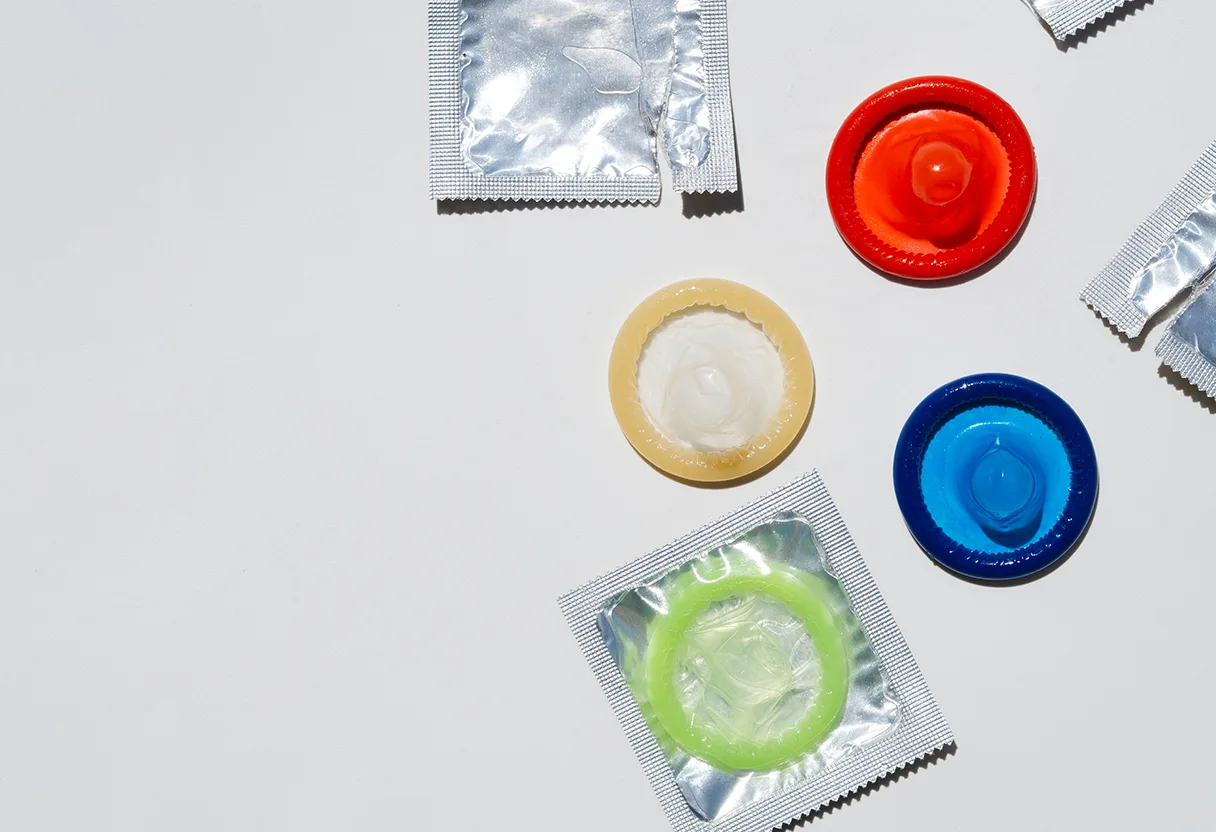
Condoms 101: Types, Usage, and STD Protection Explained Simply
Talking about condoms can feel awkward, especially if you're navigating the world of sex and relationships for the first time. But knowing how to use them properly and understanding your options can help you feel confident, safe, and in control of your health. Condoms are one of the simplest and most accessible ways to prevent sexually transmitted diseases (STDs) and unplanned pregnancies, when used correctly. This guide breaks it down in a way that’s clear, respectful, and judgment-free.
Tips and Tricks for Using Condoms
Using a condom correctly is key to making sure it actually works. Here's a step-by-step you can trust:
- Check the expiry date and make sure the wrapper is intact.
- Open carefully
- Pinch the tip of the condom to leave space for semen.
- Roll it down onto the erect penis, all the way to the base.
- After ejaculation, hold the base and withdraw while still erect.
- Dispose in the bin and never in the toilet.
Common mistakes to avoid:
- Not leaving space at the tip
- Putting it on inside out and flipping it
- Using oil-based lubricants with latex condoms (which can cause tearing)
Using a condom is an essential part of respectful, consensual sex that protects both partners.
Storing Condoms the Right Way
Condoms might seem durable, but they’re sensitive to heat, friction, and time. To make sure they work when you need them:
- Keep them in a cool, dry place
- Avoid pressure and bending
- Don’t use expired condoms
- Watch for changes
Proper storage ensures condoms stay intact and effective, reducing the risk of breakage during use.
What Are the Different Types of Condoms?
- Latex condoms - Most common and effective when used properly
- Non-latex condoms - Made from polyurethane or polyisoprene for those with latex allergies
- Textured condoms - Ribbed, dotted, or both for enhanced sensation
- Flavoured condoms - Designed for oral sex; make sure they’re sugar-free to reduce infection risk
- Ultra-thin or extra-safe - Most common and effective when used properly
Exploring your options helps make protection feel less like a barrier and more like a choice.
What Types of Condoms Help Prevent STDs?
Only barrier condoms offers protection against most STDs for both men and women. Latex condoms, when used consistently and correctly, are highly effective in reducing transmission of HIV and other STIs like chlamydia, gonorrhea, and syphilis.
However, it’s important to know:
- No condom offers 100% protection
- Condoms don't fully cover areas affected by skin-to-skin STDs like herpes or HPV
- Consistent, correct use is your best bet for prevention
Look for products that meet safety standards (like ISO or FDA-approved labels) to ensure quality and effectiveness.
Conclusion
It’s normal to feel unsure when you’re just starting to learn about condoms. But knowledge takes the fear out of the unknown. From using and storing them correctly to choosing the right type, taking charge of your sexual health is one of the most empowering things you can do. If you have more questions or concerns, don’t hesitate to reach out to a healthcare provider or a certified sexual health educator. Safe sex is smart sex, and you deserve safety, not judgment.

